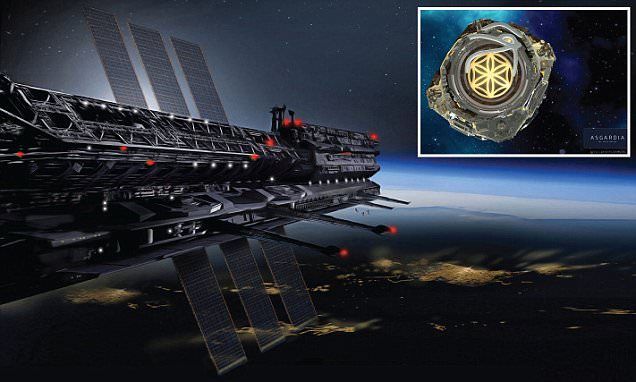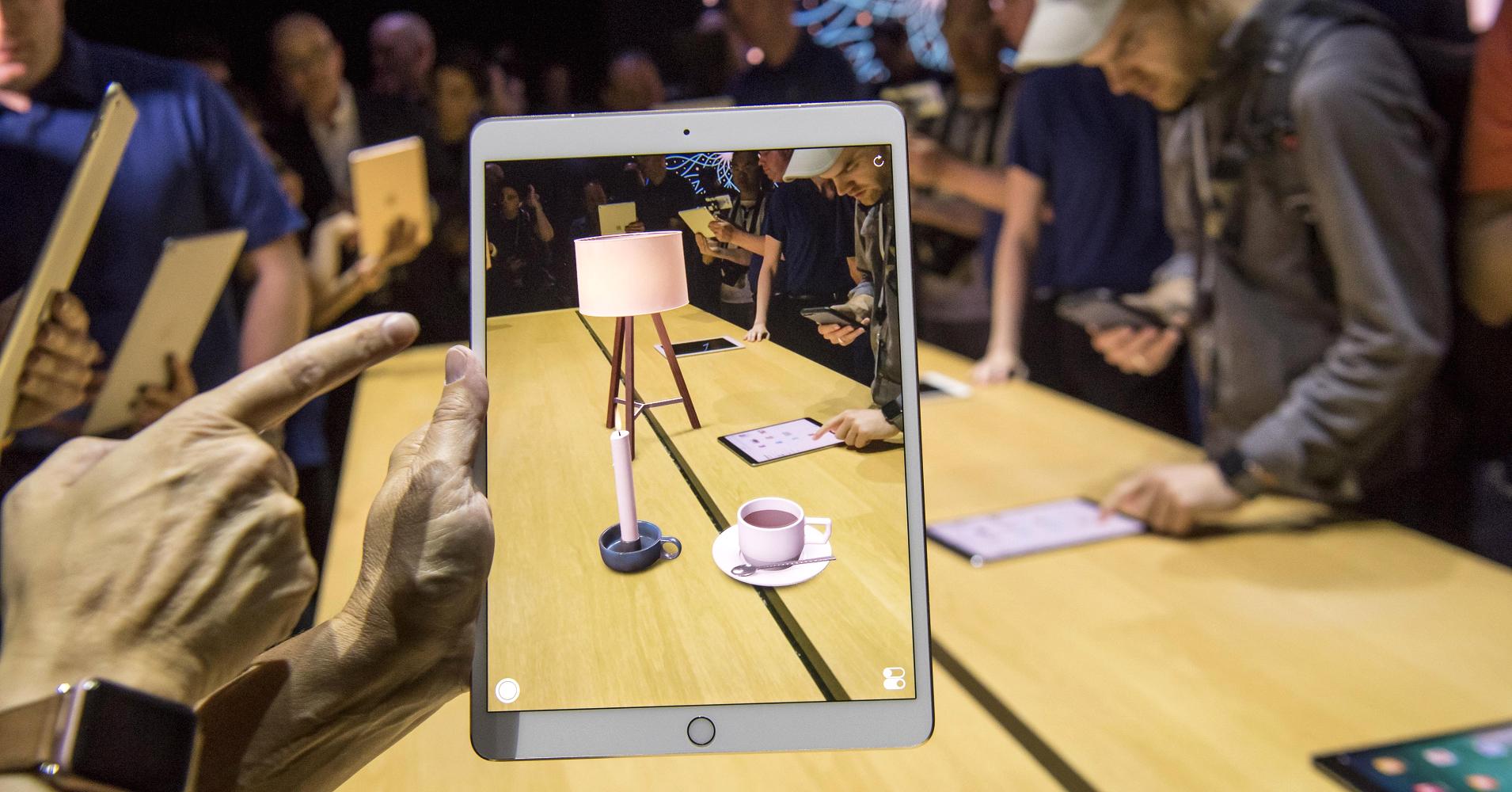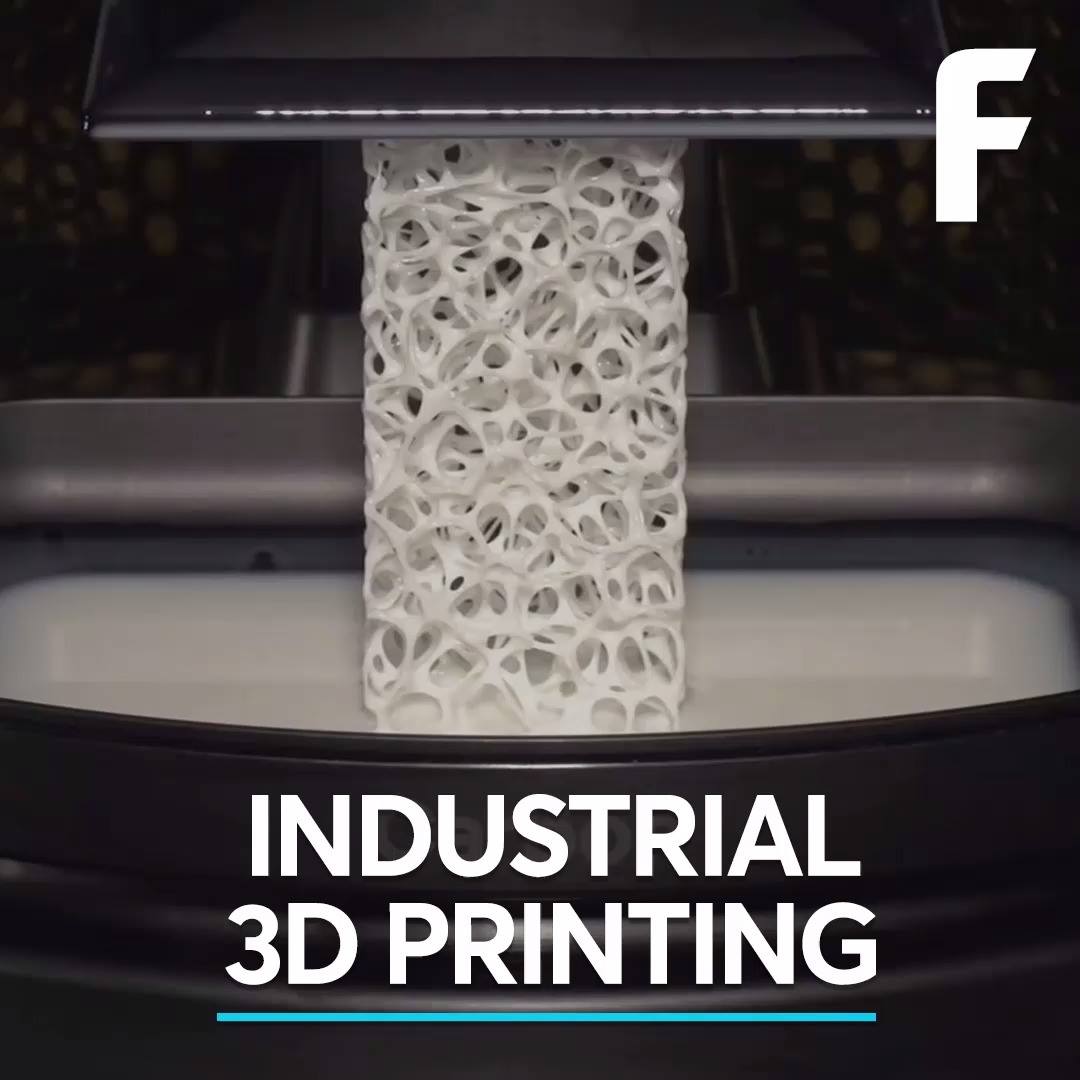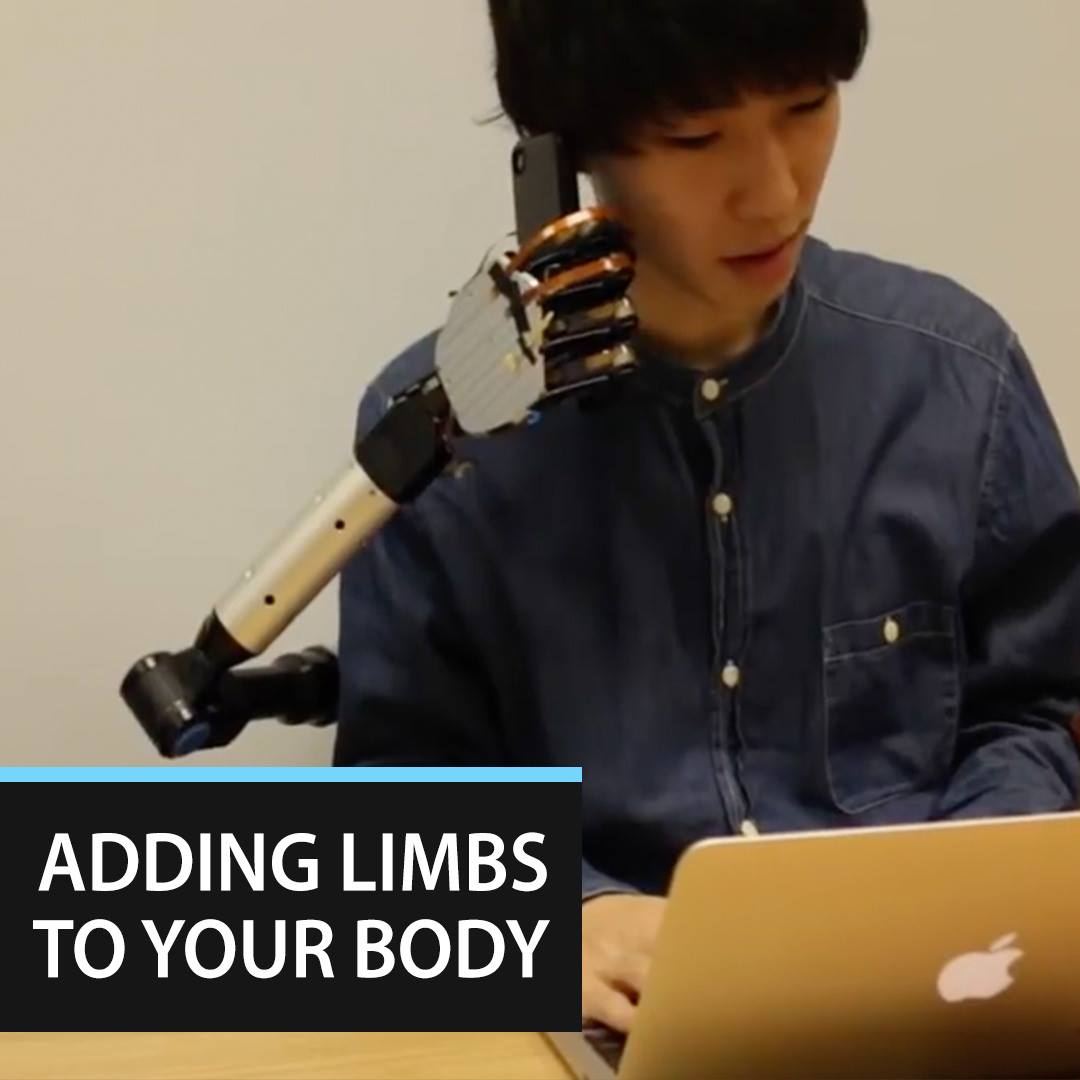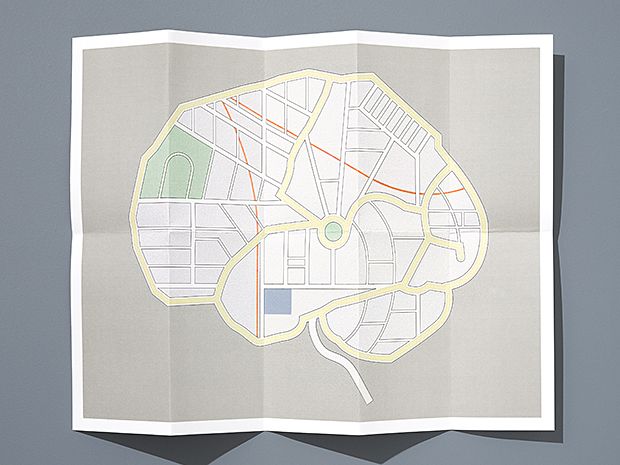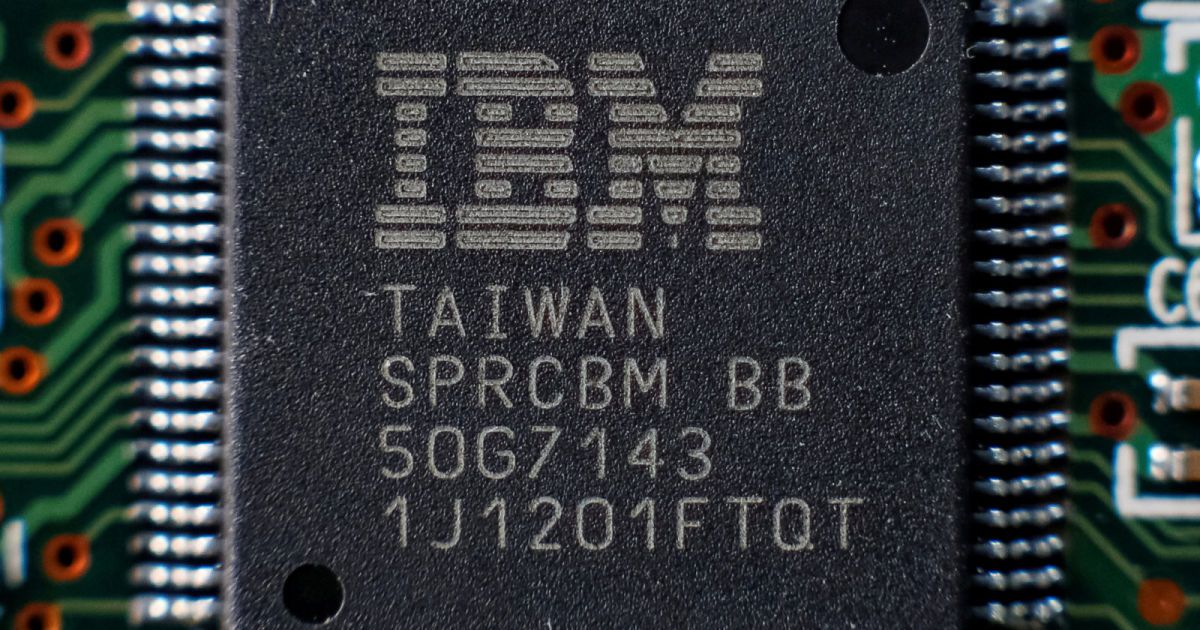The Poás Volcano in Costa Rica is home to two crater lakes, and they could not be more different. The first fills an inactive crater, its water is clear blue and its rim lush with vegetation. The other could be accurately described as a hell hole.
Laguna Caliente—literally hot lagoon in Spanish—derives its hellish qualities from the churning of magma underneath the active crater. Sulfur-rich vapor rises out of the lake, gagging anyone unlucky enough to get a whiff and poisoning anyone unlucky enough to get too many whiffs. The water itself is three times as acidic as battery acid. And every once in awhile, a rumbling below shoots a jet of hot, acidic water into the sky. It’s not the kind of place where you want to paddle a boat.
So Guy van Rentergem decided to build a drone boat. Van Rentergem visited Laguna Caliente in 2015 with friends and volcanologists, but he is not a volcanologist himself. However he is a chemist, a constant tinkerer, and a long-time caver who’s worked with geologists in the past. Next year, he told his colleagues, he’s coming back with an autonomous boat so they can map the bottom of the lake.

